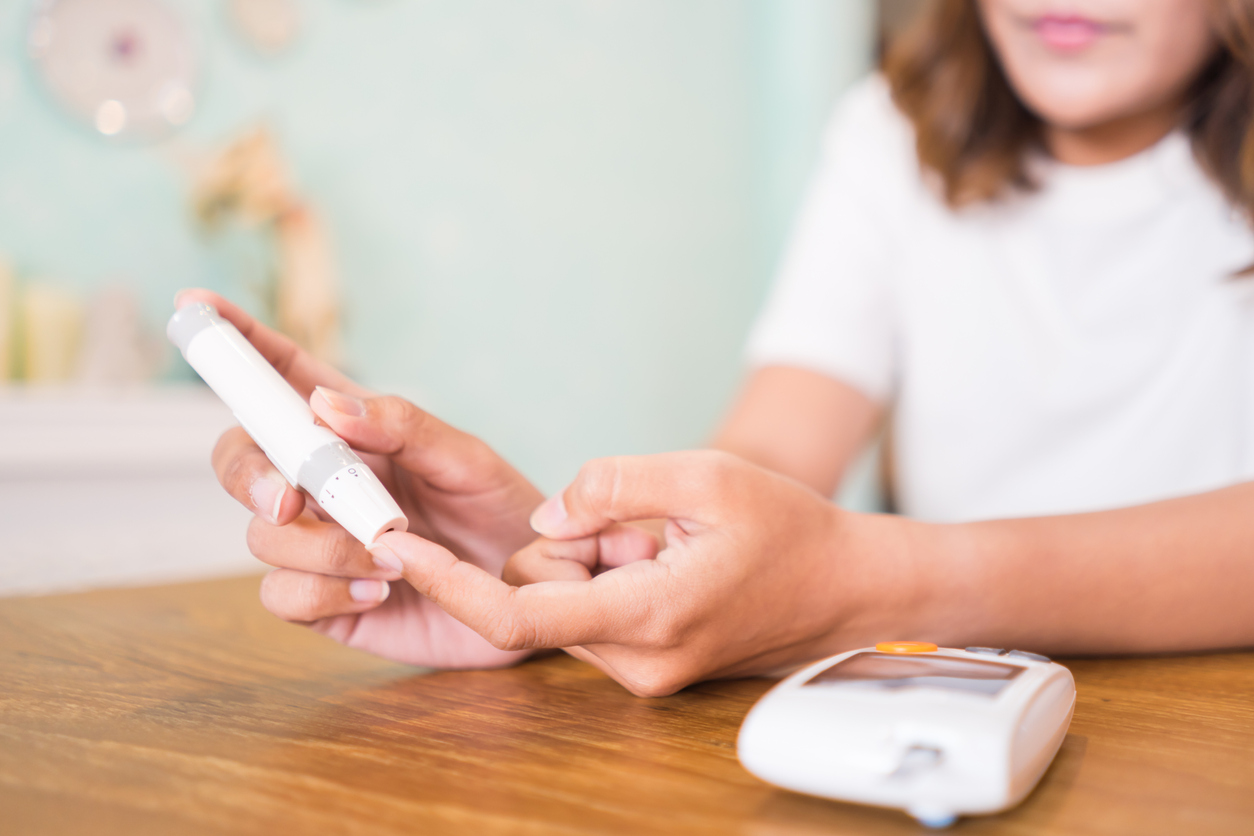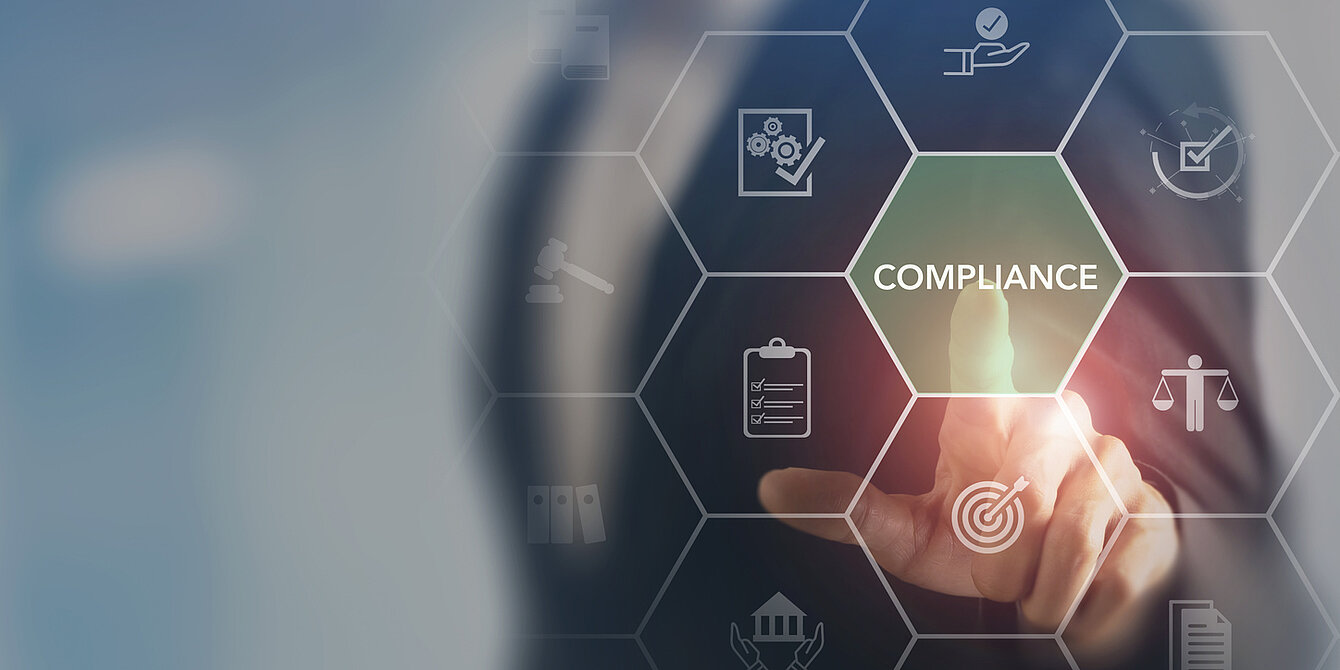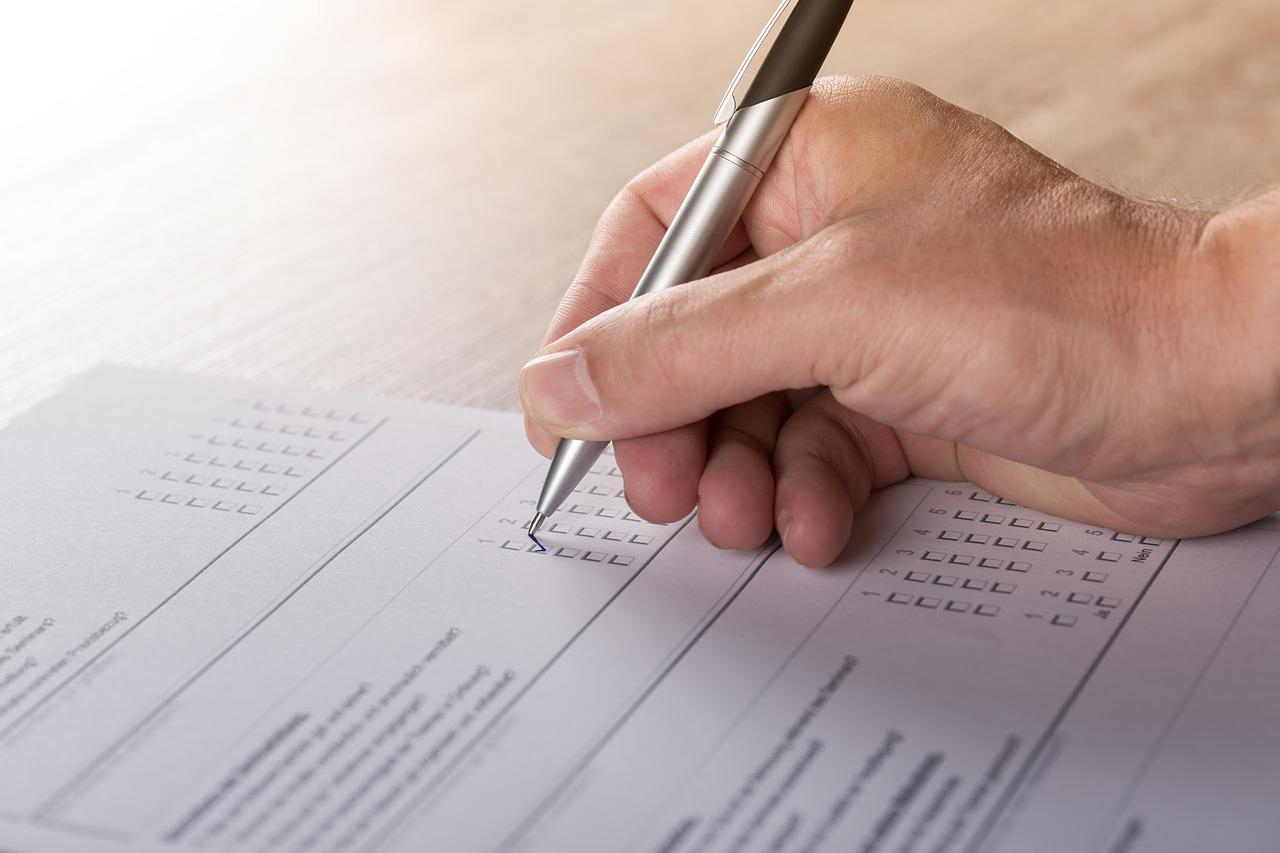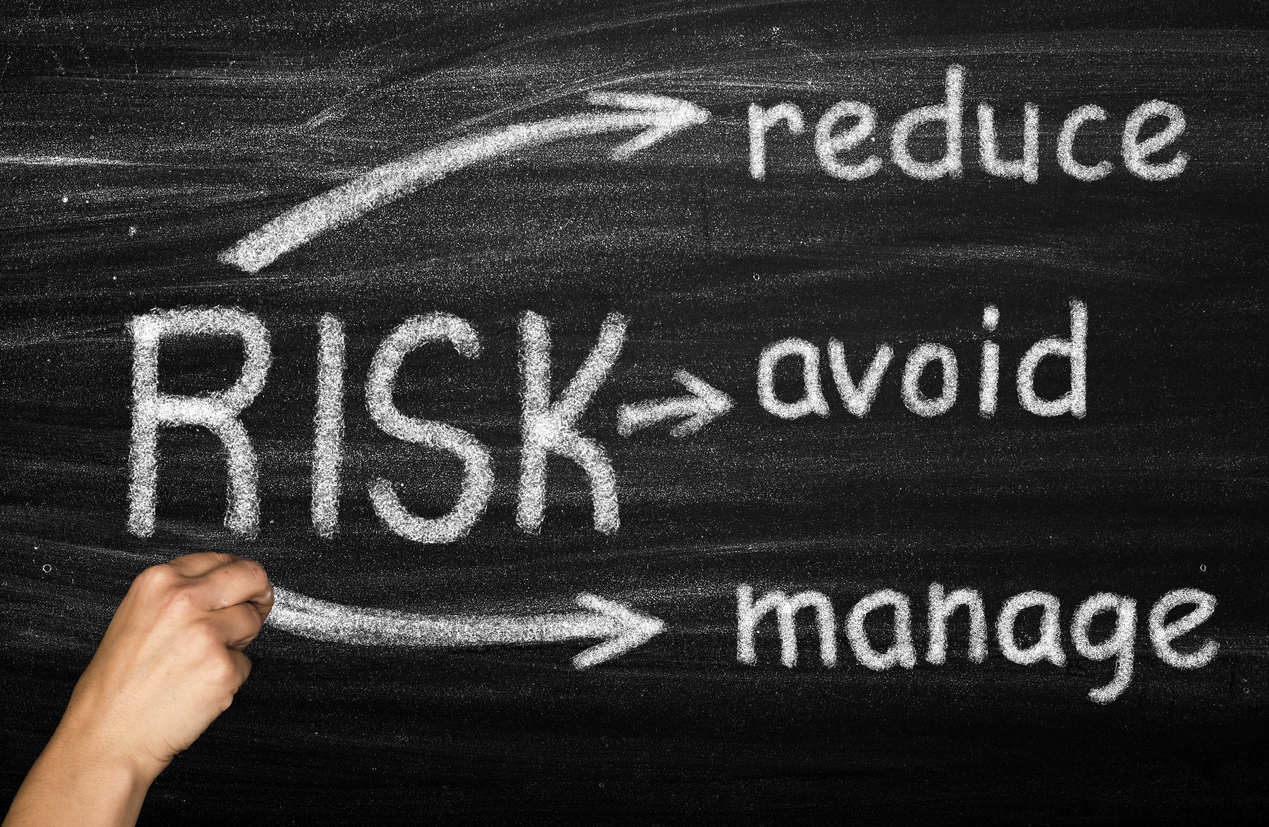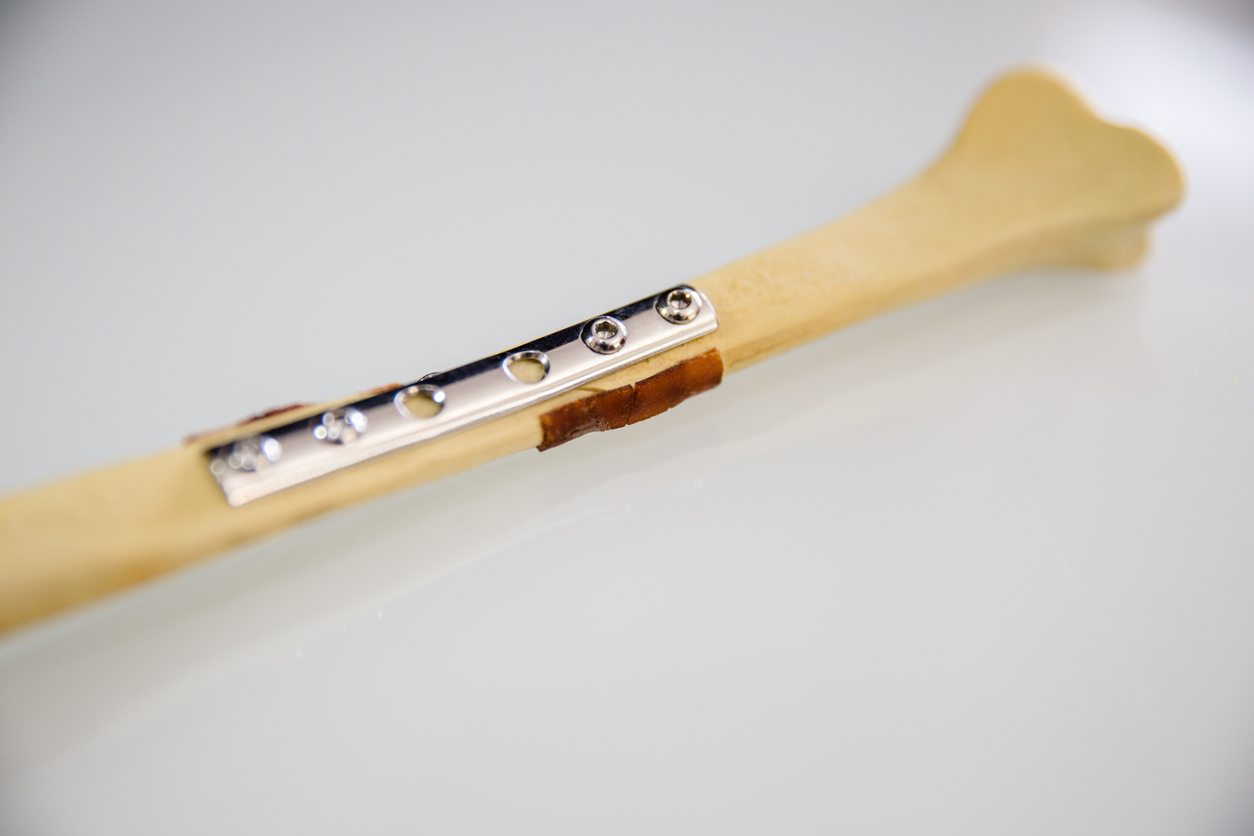White papers
The novineon CRO team regularly reviews the latest developments in clinical affairs and writes white papers on them. Here you will find the most important aspects of MDCG documents in a nutshell. In addition, we summarize our most important experiences from 250 projects annually in this expert information.
Long awaited and widely followed, the recommendation paper MDCG 2022-21 «Guidance on Periodic Safety Update Report According to Regulation (EU) 2017/745 (MDR)» was published shortly before the turn of the year 2022/2023. Dr. rer. nat. Timo Weiland summarizes the lessons learned from the paper.
Learn more
In order to keep pace with scientific and technical developments and overcome divergent interpretations, the EU has established Expert Panels. These can be consulted by Notified Bodies in the process of conformity assessment of certain medical devices. What is an Expert Panel? When does a device has to go through the consultation process? What is the role of the clinical evaluation in this process? These questions are answered in this article.
Learn more
Different regulatory requirements apply on the European market depending on the product group. Difficulties are caused by products that cannot be clearly assigned to one regulation or that fulfill several regulatory definitions. Such products are called borderline products. In this article, we describe the definitions of pharmaceuticals, medical devices, combination and wellness products.
Learn more
As the first anniversary of the MDR came and gone, so did the end of the first evaluation period for post-market surveillance. After collecting the data from post-market surveillance, it is now time to evaluate and summarise them. In the following article, Dr. Benedikt Fabry from novineon CRO describes the differences between the reports and what the main focus should be when preparing them.
Learn more
The risk analysis is a constantly changing document. This has been known since the introduction of the EU Medical Devices Regulation 2017/745 (MDR). The risk analysis assesses risks that were either anticipated before the market launch, or have become known during use in clinical practice. Since design change is very costly, it seems easier to inform about the risk in the instructions for use in order to reduce the probability of occurrence. This article explains when this measure is sufficient and how risk analysis relates to clinical evaluation.
Learn more
Numerous medical devices have been on the market for many years or even decades. But do they automatically count as «well-established technologies»? And what does this mean for the clinical evaluation and the clinical evidence required by the MDR? Dr. rer. nat. Marion Fehlker from novineon CRO describes what MDR and MDCGs mean by “well-established technologies” and what clinical requirements apply to this product group.
Learn more
The instructions for use is where the manufacturer and the user connect. Therefore, this document is of particular importance. The MDR did not only clarify the requirements for use but also made them stricter. The following article describes in detail when the instructions for use should be revised. In addition, the most important interfaces between instructions for use, clinical evaluation and risk analysis are discussed.
Learn more


